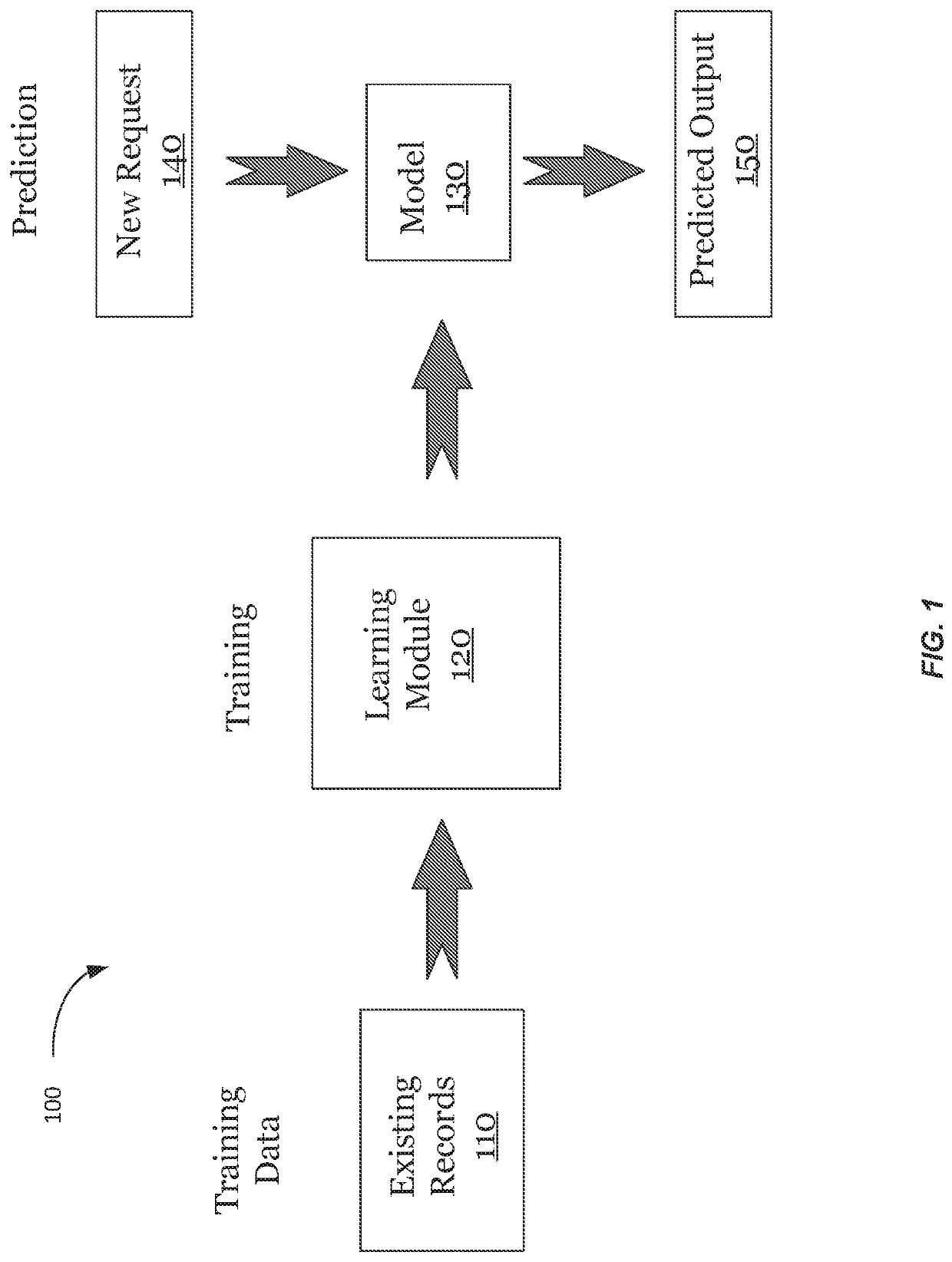Privacy-preserving machine learning
a technology of machine learning and privacy, applied in the field of privacy-preserving machine learning, can solve the problems of high efficiency overhead, data collection raises privacy concerns, and data from different sources remains an important challenge, so as to achieve the effect of efficiently determining the weight of the model
- Summary
- Abstract
- Description
- Claims
- Application Information
AI Technical Summary
Benefits of technology
Problems solved by technology
Method used
Image
Examples
example improvements
III. PROBLEMS AND EXAMPLE IMPROVEMENTS
[0118]The state of the art solutions for privacy preserving linear regression [21,37] are many orders of magnitude slower than plaintext training. The main source of inefficiency in prior implementations is that the bulk of computation for training takes place inside a secure 2PC for Boolean circuits (e.g., Yao's garbled circuit) that performs arithmetic operation on decimal numbers represented as integers. Boolean circuits are not efficient for performing arithmetic operations, but existing techniques for fixed-point or floating-point multiplication require bit-level manipulations that are most efficient using Boolean circuits.
[0119]In case of logistic regression and neural networks, the efficiency problem is even more challenging as the training procedure computes many instances of non-linear activation functions, such as sigmoid and softmax, which are expensive to compute inside a 2PC. Indeed, we are not aware of any privacy preserving implem...
PUM
 Login to View More
Login to View More Abstract
Description
Claims
Application Information
 Login to View More
Login to View More - R&D
- Intellectual Property
- Life Sciences
- Materials
- Tech Scout
- Unparalleled Data Quality
- Higher Quality Content
- 60% Fewer Hallucinations
Browse by: Latest US Patents, China's latest patents, Technical Efficacy Thesaurus, Application Domain, Technology Topic, Popular Technical Reports.
© 2025 PatSnap. All rights reserved.Legal|Privacy policy|Modern Slavery Act Transparency Statement|Sitemap|About US| Contact US: help@patsnap.com



